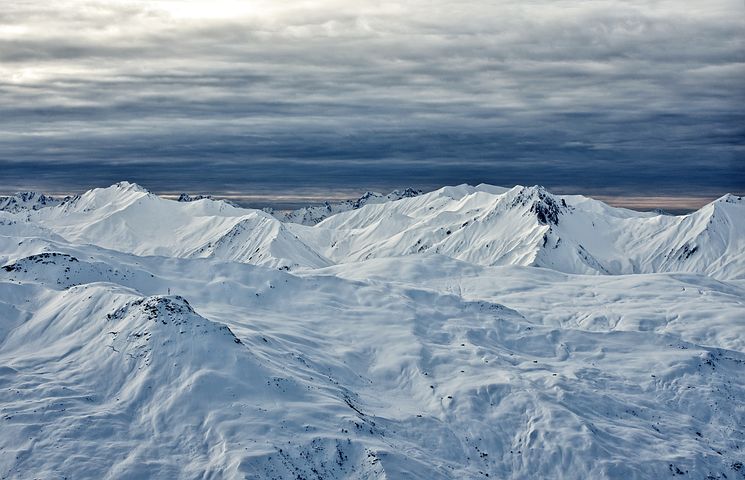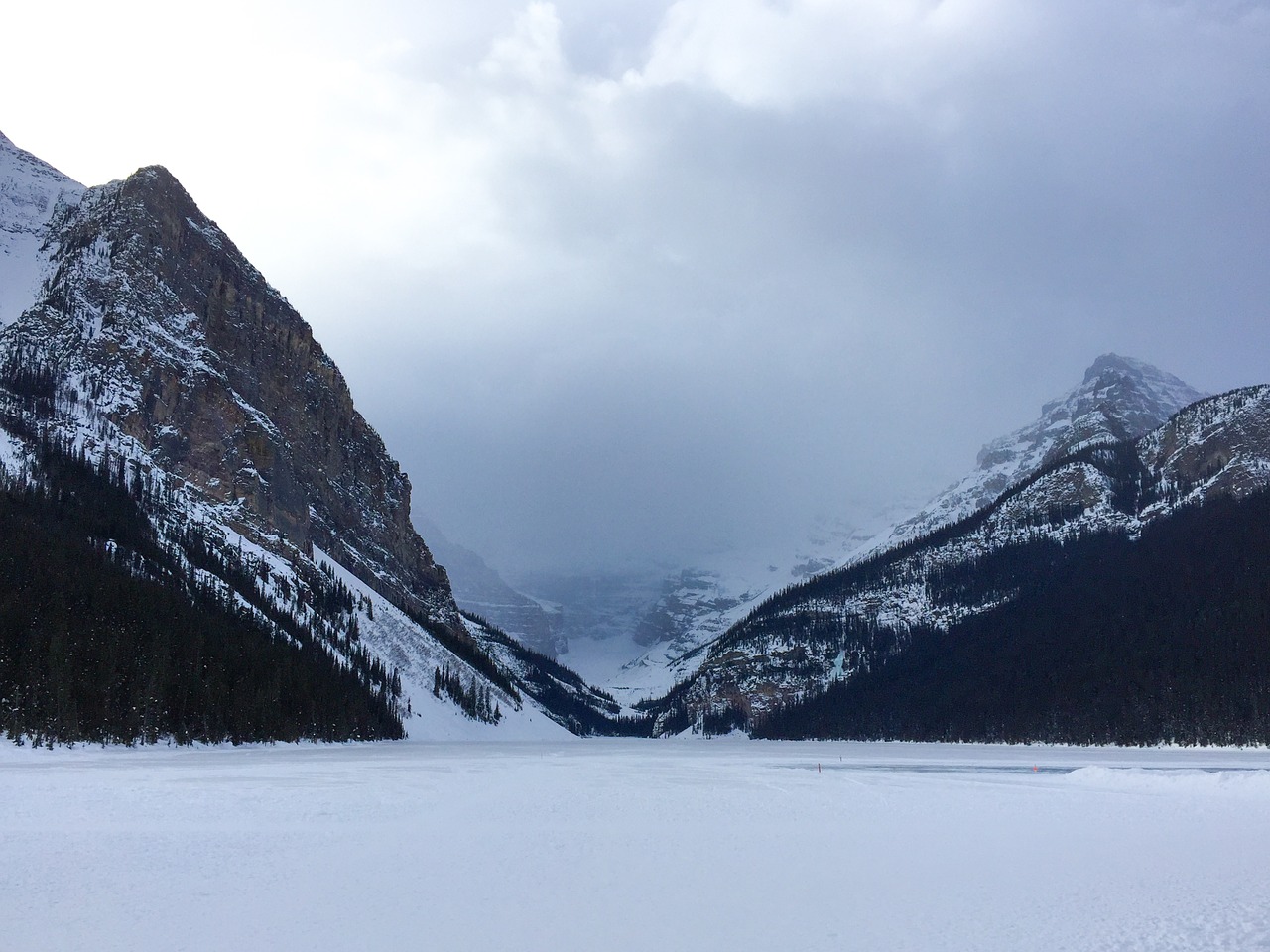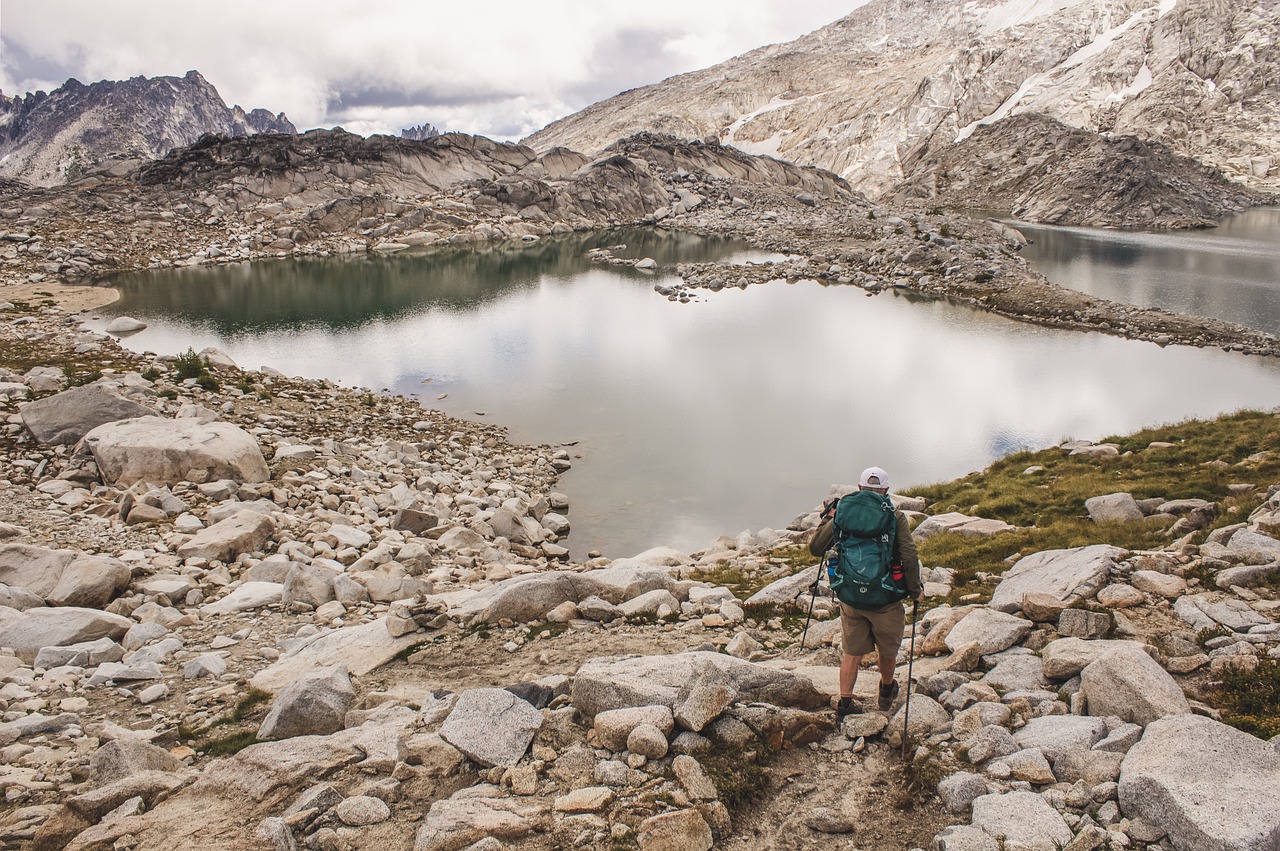About the Tundra
The tundra is located in the Northern Hemisphere. It is a treeless land that covers about 20% of the Earth. It is very cold, the world's coldest in fact. It also gets very little percipitation, and is similar to a desert in that way. Average temperatures are around -30 degrees, but can get up to around 64 degrees in the Summer.
In the Winter, the sun might not be visable for weeks, causing it to be dark 24 hours per day. In the Summer, it is typically the other way around, with it typically being daytime 24 hours per day.
Temperatures are so cold that there is a layer of permanently frozen ground below the surface, called permafrost. This permafrost is a defining characteristic of the tundra biome. In the tundra summers, the top layer of soil thaws only a few inches down, providing a growing surface for the roots of vegetation.
It is also a very windy place, with winds blowing between 30 to 60 miles per hour. The word "Tundra" comes from the Finnish word "tunturia," which means a barren land.
Location: Regions south of the ice caps of the Arctic and extending across North America, Europe, and Siberia
Animals in the Tundra
While there isn't a lot of biodiversity in the tundra, animals do exist. There are only about 48 specific of land mammals found. Some of the ones found are hares, wolves, foxes, bears, deer, etc., all of which are modified to survive in the tundra.
Vegetation in the Tundra
The tundra does not have a lot of trees. It can mostly only support low growing plants like moss and lichen. Vegetation in the tundra has adapted to the cold and the short growing season. Mosses, sedges, and lichens are common, while few trees grow in the tundra. The trees that do manage to grow stay close to the ground so they are insulated by snow during the cold winters.




.png)